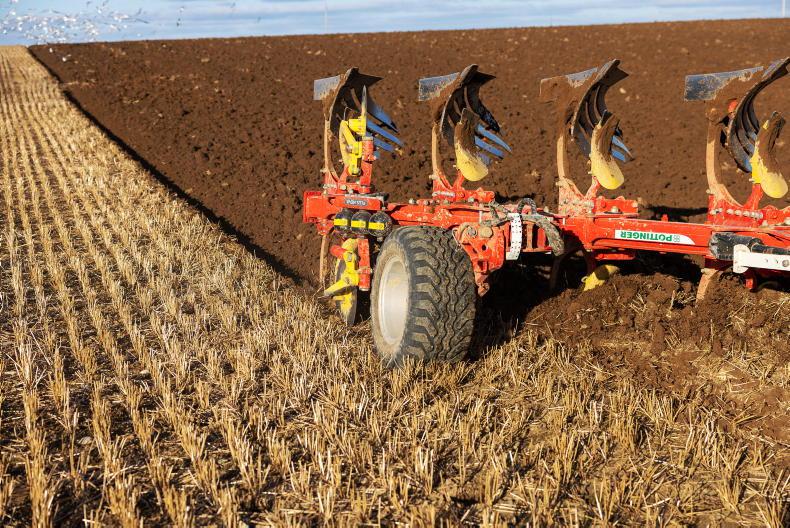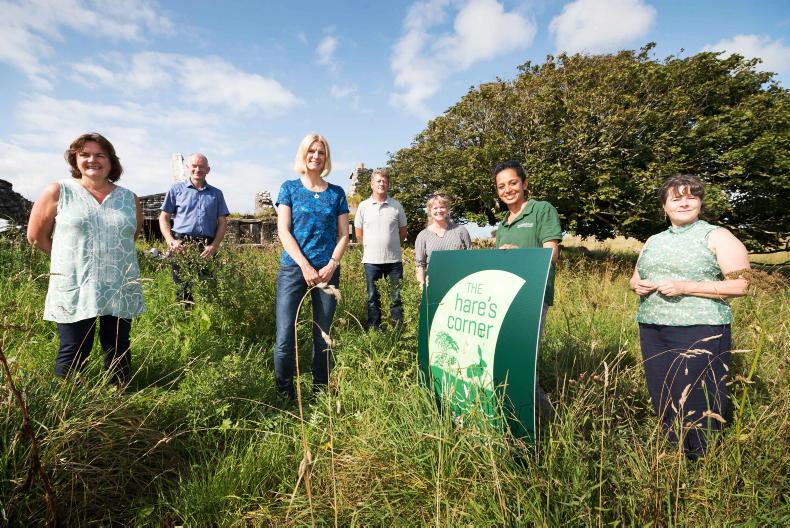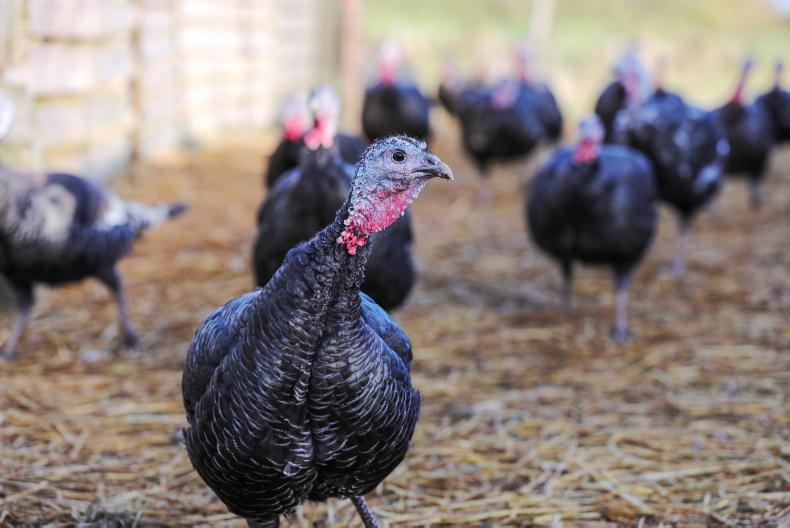It appears that there is confusion on the definitions of over-winter stubble, how it should be treated and why these measures are being undertaken under the new Nitrates Action Programme (NAP) and the new agricultural environmental scheme ACRES.
Tillage farmers applying for ACRES may have learned that over-winter stubble under the scheme means that stubbles should be cultivated.
However, over-winter stubble, as it is generally referred to for nitrates regulations, has been known to farmers as leaving stubbles uncultivated and leaving grain on the ground for birds to find.
The NAP states that “25% of cereal land on each holding must not be subject to shallow cultivation to preserve food sources for farmland birds.”
The objective of over-winter stubble under the ACRES scheme is “to provide a winter food source for seed-eating birds that feed on spilled grains and the seeds of broad-leaved weeds.
“Over-winter stubbles with green cover make a viable foraging habitat for insects and hares throughout the autumn and winter, while also assisting in the capturing of excess nutrients after harvesting.”
Research
The Department also states in guidance on ACRES that: “Research shows that certain bird species prefer to forage on sprawling open stubbles rather than in tall, dense vegetations.”
However, cultivating stubbles can lead to significant vegetation and grain which had been spilled and can germinate once cultivated. So there appears to be confusion between the appropriate habitats for endangered birds.
Earlier this year, Bird Watch Ireland said the new nitrates regulations requiring stubbles to be cultivated “could have catastrophic impacts on farmland birds that use this vital habitat” and added that research should come before implementation.










SHARING OPTIONS